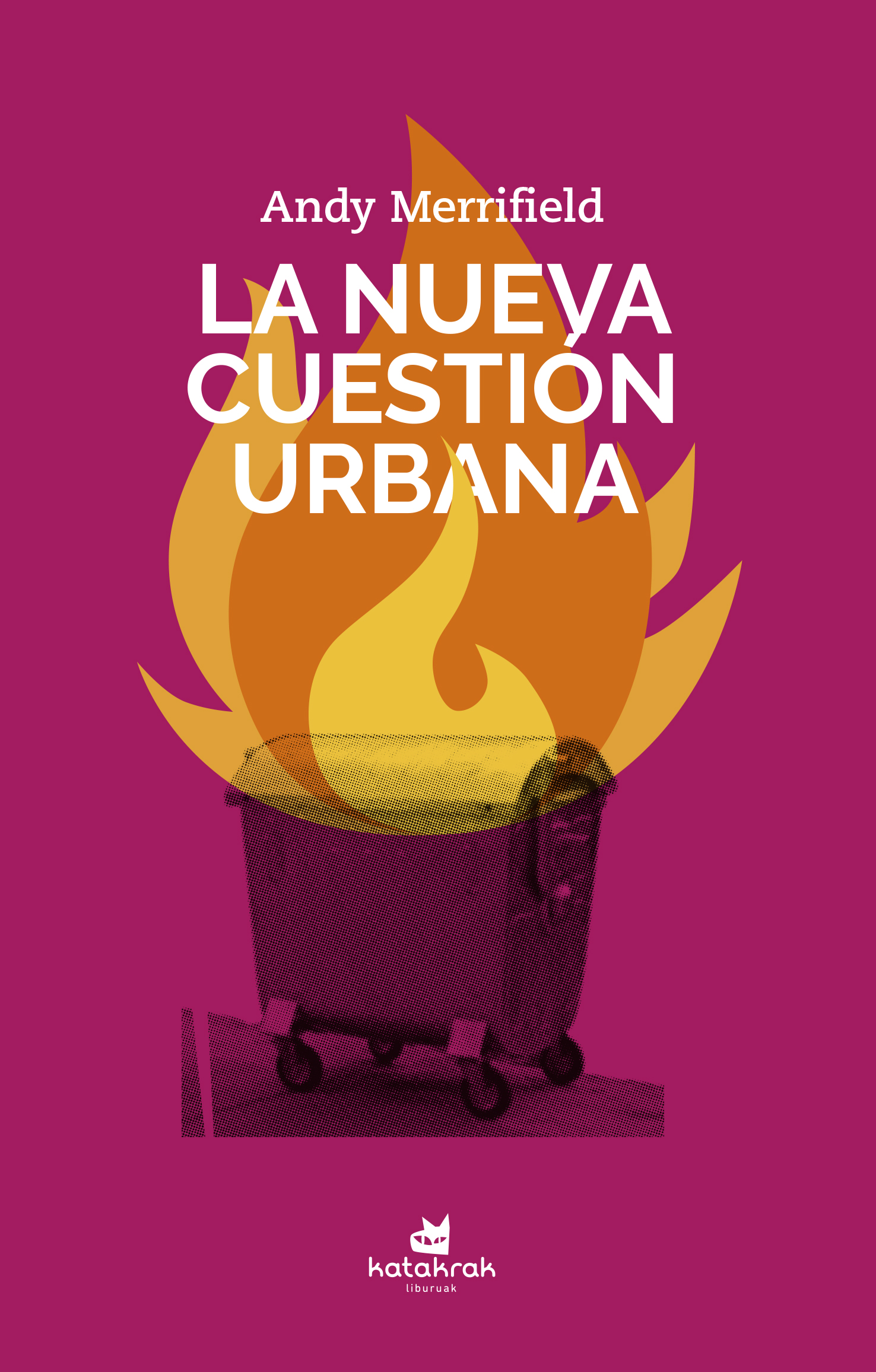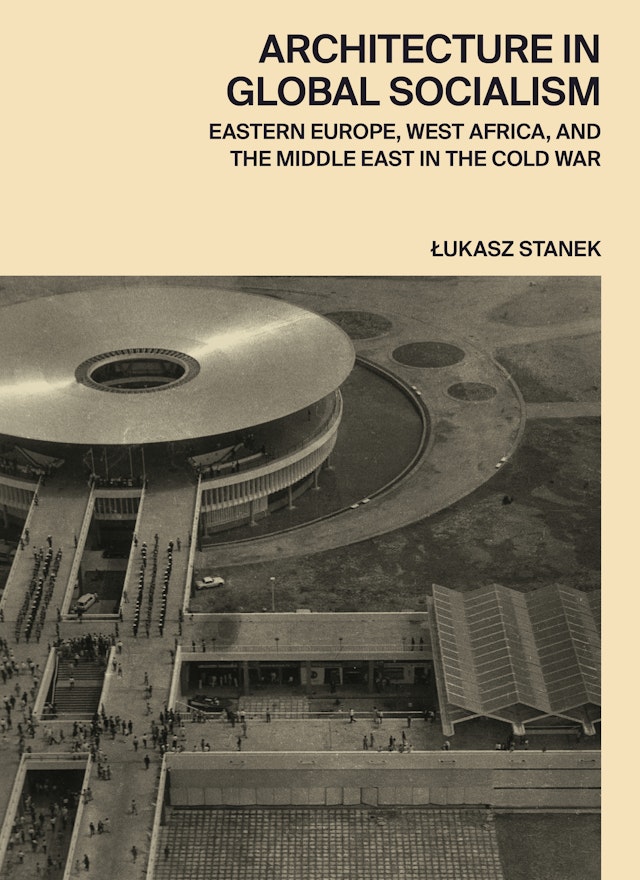Hace casi ocho años que comencé a escribir a este blog, en enero de 2012. El material aquí vertido, tras casi 600 entradas, es un retrato del periplo recorrido durante este tiempo. La continuidad de ese relato sólo es obvia para mí. Detrás de la aparente heterogeneidad (¡multiplicidad!) de los materiales está el hilo de los encuentros personales e intelectuales, los tiempos muertos, los pasos adelante y los retrocesos, la memoria de innumerables amigxs, y los propios ritmos e intensidades de escritura. A este respecto, el blog es también un archivo de mi propia vida cotidiana y en ese sentido la ausencia de entradas en los últimos años refleja, más allá del desbordamiento permanente de trabajo, el desplazamiento de atención a otras formas de escritura y, por supuesto, la absorción de tiempo por la paternidad. Llevo meses pensando en clausurar el blog, al menos temporalmente, por este motivo. Mientras decido cómo hacerlo para que el material producido durante este tiempo siga disponible, no quería dejar de escribir esta breve nota de adiós—o hasta luego—para lxs que habéis estado leyendo al otro lado de la pantalla.
Me gustaría hablarle especialmente a lxs investigadorxs y profesorxs en los primeros pasos de sus carreras, no para dar consejos, pero sí ánimos y enviar una inyección extra de energía. Cuando comencé a preparar este blog, en diciembre de 2011, lo subtitulé ‘Teoría e historia urbana en tiempos de crisis’. Era, al menos en mi entorno, el momento más difícil de la gran recesión tras el colapso de 2007-9 y la alusión parecía obvia. Tras años de deterioro económico la derecha acababa de llegar al gobierno central con mayoría absoluta y se cocinaba una nueva ronda de medidas de austeridad que prometía convertir el legado de por sí durísimo de los últimos años del gobierno Zapatero en una etapa de políticas suaves. Quedaba lejos la primavera del 15M y, aunque en la calle se estaban forjando formas nuevas y prometedoras de asociación y activismo, el panorama político en Madrid región y ciudad era desolador.
También era un momento de crisis por motivos personales más inmediatos. Había decidido dejar la actividad profesional por la incapacidad de compaginarla con la actividad académica, pero también porque la coyuntura había hecho el trabajo de urbanista cada vez más difícil de sobrellevar—se había convertido básicamente en una labor de supervivencia en la que era imposible elegir encargos, como había tenido suerte de poder hacer hasta ese momento, y casi todo lo que llegaba era de iniciativa privada. (nota al pie: sospechad de cualquiera que presuma de buenas prácticas con clientes privados; es difícil hacer ciudad mínimamente bien con la administración pública, con propietarios o promotores es simplemente imposible). La decisión era casi obligada, pero ni mucho menos obvia: abandonaba la práctica profesional tras diez años de ejercicio por una plaza de profesor asociado encadenando contratos temporales y una remuneración pírrica.
En ese contexto, entre anuncios diarios de recortes a todos los niveles—incluida la universidad, por supuesto—, comenzaba a preparar este blog. Me permito este tono confesional para transmitir ánimo a todxs aquellxs que están tanteando la posibilidad de adentrarse en la investigación o la carrera académica: si es lo que os apasiona, confiad en vuestras fuerzas y perseverad en ello, en el formato que os permita sobrellevar todo con dignidad. Merece la pena. La universidad—al menos la universidad a la que muchxs aspiramos—es un espacio de privilegio, si no en sentido material, sí en sentido intelectual. Desde ella podemos decir y pensar lo que queramos. Sigue siendo, si se quiere ejercer, un espacio de libertad en un momento en que éstos van desapareciendo, incluso dentro de la propia academia. Ánimo, fuerza y rabia.
Quizá esto es solo un hasta luego para dar cierto sentido de clausura a este pequeño proyecto. Confío en que los materiales que han pasado por aquí hayan sido útiles. Agradezco, como siempre, su apoyo intelectual y emocional a todas las personas, cercanas y lejanas, que me han ayudado a sostener el trabajo de este tiempo. Os dejo con una cita de un texto al que vuelvo a menudo cuando duele la deriva reciente de la universidad pública. Es un extracto del manifiesto de un colectivo radical de estudiantes de la Universidad de Trento a finales de la década de 1960. La “universidad negativa” a la que alude el texto sigue siendo la idea que tengo de cómo debería funcionar todo esto. Detrás de estas ideas hay una historia poco homologable a la idea actual de ‘excelencia’ académica—tendréis que investigar un poco para averiguar por qué…
Lanzamos la idea de una Universidad Negativa que reafirme en las universidades oficiales la necesidad de un pensamiento teórico, crítico, dialéctico, negativo, que ponga las premisas de un trabajo político creativo, antagonista y alternativo.
Manifiesto para una Universidad Negativa, 1967.


 La nueva cuestión urbana es una exuberante aventura a través de nuestra condición urbana global actual, que traza las conexiones entre la teoría urbana radical y el activismo político. Desde los intentos de Haussmann por usar la planificación urbana en el París del siglo XIX contra la revolución obrera hasta las metrópolis contemporáneas, que incluyen sus propias zonas de devastación en ciudades como Detroit, Merrifield nos revela el modo en que la experiencia urbana ha estado marcada profundamente por el antagonismo de clase, y ha sido el campo de batalla de conspiraciones, revueltas y erupciones sociales. Yendo más allá del trabajo de los teóricos urbanos como Manuel Castells, Merrifield identifica la nueva cuestión urbana que demanda urgentemente nuestra atención, en tanto la ciudad se convierte en un espacio de saqueo para el capital pero también en el lugar donde surgen nuevas formas de conflicto urbano y de organización política y social.
La nueva cuestión urbana es una exuberante aventura a través de nuestra condición urbana global actual, que traza las conexiones entre la teoría urbana radical y el activismo político. Desde los intentos de Haussmann por usar la planificación urbana en el París del siglo XIX contra la revolución obrera hasta las metrópolis contemporáneas, que incluyen sus propias zonas de devastación en ciudades como Detroit, Merrifield nos revela el modo en que la experiencia urbana ha estado marcada profundamente por el antagonismo de clase, y ha sido el campo de batalla de conspiraciones, revueltas y erupciones sociales. Yendo más allá del trabajo de los teóricos urbanos como Manuel Castells, Merrifield identifica la nueva cuestión urbana que demanda urgentemente nuestra atención, en tanto la ciudad se convierte en un espacio de saqueo para el capital pero también en el lugar donde surgen nuevas formas de conflicto urbano y de organización política y social.
 How are the far-away, invisible landscapes where materials come from related to the highly visible, urban landscapes where those same materials are installed? Reciprocal Landscapes: Stories of Material Movements traces five everyday landscape construction materials – fertilizer, stone, steel, trees, and wood – from seminal public landscapes in New York City, back to where they came from.
How are the far-away, invisible landscapes where materials come from related to the highly visible, urban landscapes where those same materials are installed? Reciprocal Landscapes: Stories of Material Movements traces five everyday landscape construction materials – fertilizer, stone, steel, trees, and wood – from seminal public landscapes in New York City, back to where they came from.
 In the course of the Cold War, architects, planners, and construction companies from socialist Eastern Europe engaged in a vibrant collaboration with those in West Africa and the Middle East in order to bring modernization to the developing world. Architecture in Global Socialism shows how their collaboration reshaped five cities in the Global South: Accra, Lagos, Baghdad, Abu Dhabi, and Kuwait City. Łukasz Stanek describes how local authorities and professionals in these cities drew on Soviet prefabrication systems, Hungarian and Polish planning methods, Yugoslav and Bulgarian construction materials, Romanian and East German standard designs, and manual laborers from across Eastern Europe. He explores how the socialist development path was adapted to tropical conditions in Ghana in the 1960s, and how Eastern European architectural traditions were given new life in 1970s Nigeria. He looks at how the differences between socialist foreign trade and the emerging global construction market were exploited in the Middle East in the closing decades of the Cold War. Stanek demonstrates how these and other practices of global cooperation by socialist countries—what he calls socialist worldmaking—left their enduring mark on urban landscapes in the postcolonial world. Featuring an extensive collection of previously unpublished images, Architecture in Global Socialism draws on original archival research on four continents and a wealth of in-depth interviews. This incisive book presents a new understanding of global urbanization and its architecture through the lens of socialist internationalism, challenging long-held notions about modernization and development in the Global South.
In the course of the Cold War, architects, planners, and construction companies from socialist Eastern Europe engaged in a vibrant collaboration with those in West Africa and the Middle East in order to bring modernization to the developing world. Architecture in Global Socialism shows how their collaboration reshaped five cities in the Global South: Accra, Lagos, Baghdad, Abu Dhabi, and Kuwait City. Łukasz Stanek describes how local authorities and professionals in these cities drew on Soviet prefabrication systems, Hungarian and Polish planning methods, Yugoslav and Bulgarian construction materials, Romanian and East German standard designs, and manual laborers from across Eastern Europe. He explores how the socialist development path was adapted to tropical conditions in Ghana in the 1960s, and how Eastern European architectural traditions were given new life in 1970s Nigeria. He looks at how the differences between socialist foreign trade and the emerging global construction market were exploited in the Middle East in the closing decades of the Cold War. Stanek demonstrates how these and other practices of global cooperation by socialist countries—what he calls socialist worldmaking—left their enduring mark on urban landscapes in the postcolonial world. Featuring an extensive collection of previously unpublished images, Architecture in Global Socialism draws on original archival research on four continents and a wealth of in-depth interviews. This incisive book presents a new understanding of global urbanization and its architecture through the lens of socialist internationalism, challenging long-held notions about modernization and development in the Global South.
